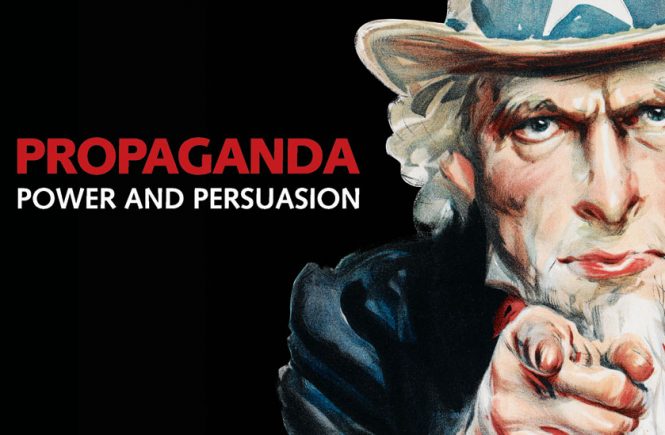WALTER LIPPMANN’S THEORY OF PUBLIC OPINION FORMATION.
Throughout the 1930s, many other members of the social elite, especially those at major universities, shared Lasswell’s vision of a benevolent social science–led technocracy. They believed that physical science and social science held the keys to fighting totalitarianism and preserving democracy. As such, Lasswell’s work commanded the attention of leading academics and opinion leaders, including one of the most powerful opinion makers of the time—Walter Lippmann, a nationally syndicated columnist for the New York Times.
Lippmann shared Lasswell’s skepticism about the ability of average people to make sense of their social world and to make rational decisions about their actions. In Public Opinion (1922), he pointed out the discrepancies that necessarily exist between “the world outside and the pictures in our heads.” Because these discrepancies were inevitable, Lippmann doubted that average people could govern themselves as classic democratic theory assumed they could. The world of the 1930s was an especially complex place, and the political forces were very dangerous. People simply couldn’t learn enough from media to help them understand it all. Even if journalists took their responsibility seriously, they couldn’t overcome the psychological and social barriers that prevented average people from developing useful pictures in their heads. Political essayist Eric Alterman quoted and summarized Lippmann’s position:
Writing in the early twenties, Lippmann famously compared the average citizen to a deaf spectator sitting in the back row. He does not know what is happening, why it is happening, what ought to happen. “He lives in a world he cannot see, does not understand and is unable to direct.” Journalism, with its weakness for sensationalism, made things worse. Governance was better left to a “specialized class of men” with inside information. No one expects a steel-worker to understand physics, so why should he be expected to understand politics?
These ideas raised serious questions about the viability of democracy and the role of a free press in it. What do you do in a democracy if you can’t trust the people to cast informed votes? What good is a free press if it is impossible to effectively transmit enough of the most vital forms of information to the public? What can you do if people are so traumatized by dealing with everyday problems that they have no time to think about global issues? The fact that Lippmann made his living working as a newspaper columnist lent credibility to his pessimism. In advancing these arguments, he directly contradicted the Libertarian assumptions (free speech and free press; see Chapter 5) that were the intellectual foundation of the U.S. media system.
Like Lasswell, Lippmann believed that propaganda posed such a severe challenge that drastic changes in our political system were required. The public was vulnerable to propaganda, so some mechanism or agency was needed to protect them from it. A benign but enormously potent form of media control was necessary. Self-censorship by media probably wouldn’t be sufficient. Lippmann shared Lasswell’s conclusion that the best solution to these problems was to place control of information gathering and distribution in the hands of a benevolent technocracy— a scientific elite—who could be trusted to use scientific methods to sort fact from fiction and make good decisions about who should receive various messages. To accomplish this, Lippmann proposed the establishment of a quasi-governmental intelligence bureau that would carefully evaluate information and supply it to other elites for decision making. This bureau could also determine which information should be transmitted through the mass media and which information people were better off not knowing.
